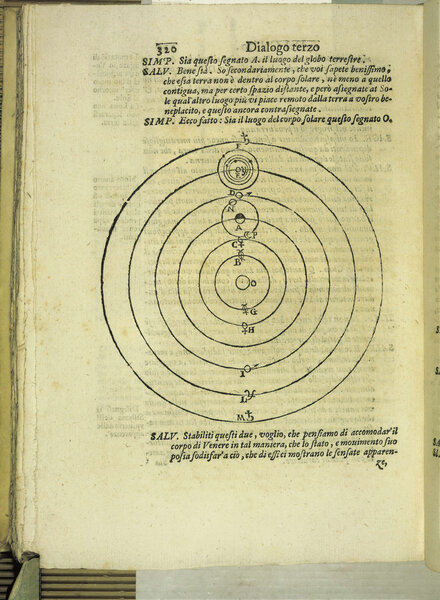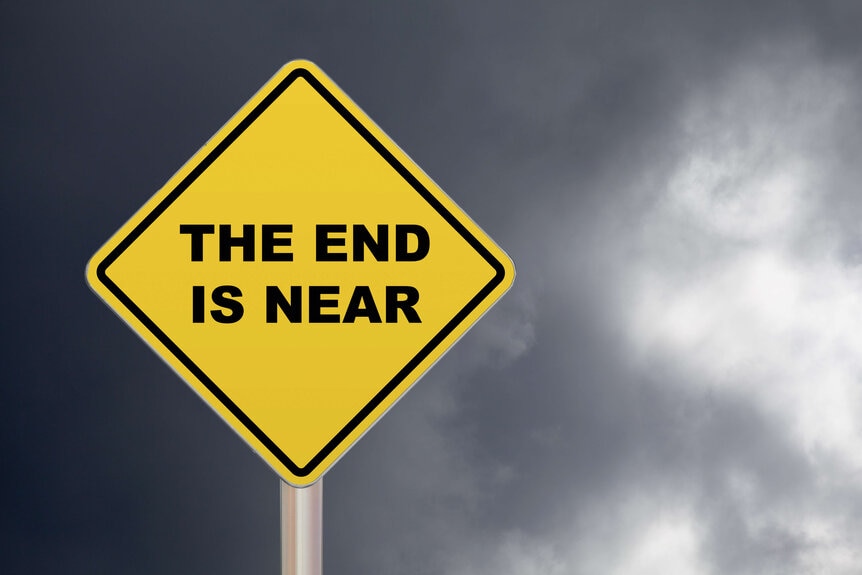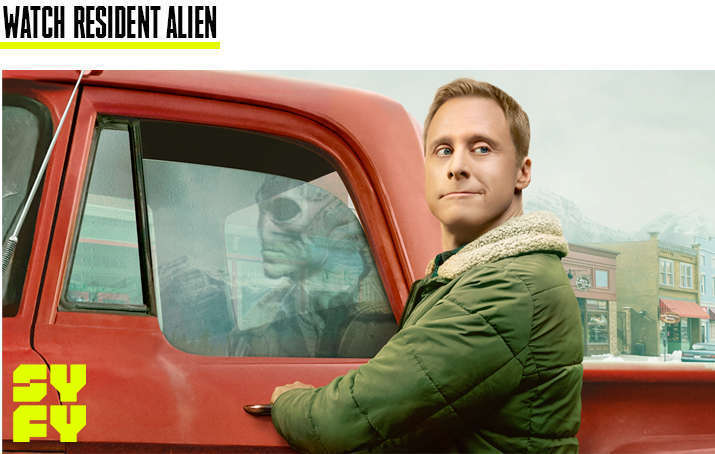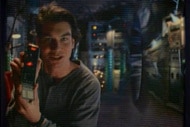Create a free profile to get unlimited access to exclusive videos, sweepstakes, and more!
Predicting the end of humanity with maths: The Science of 'Foundation'
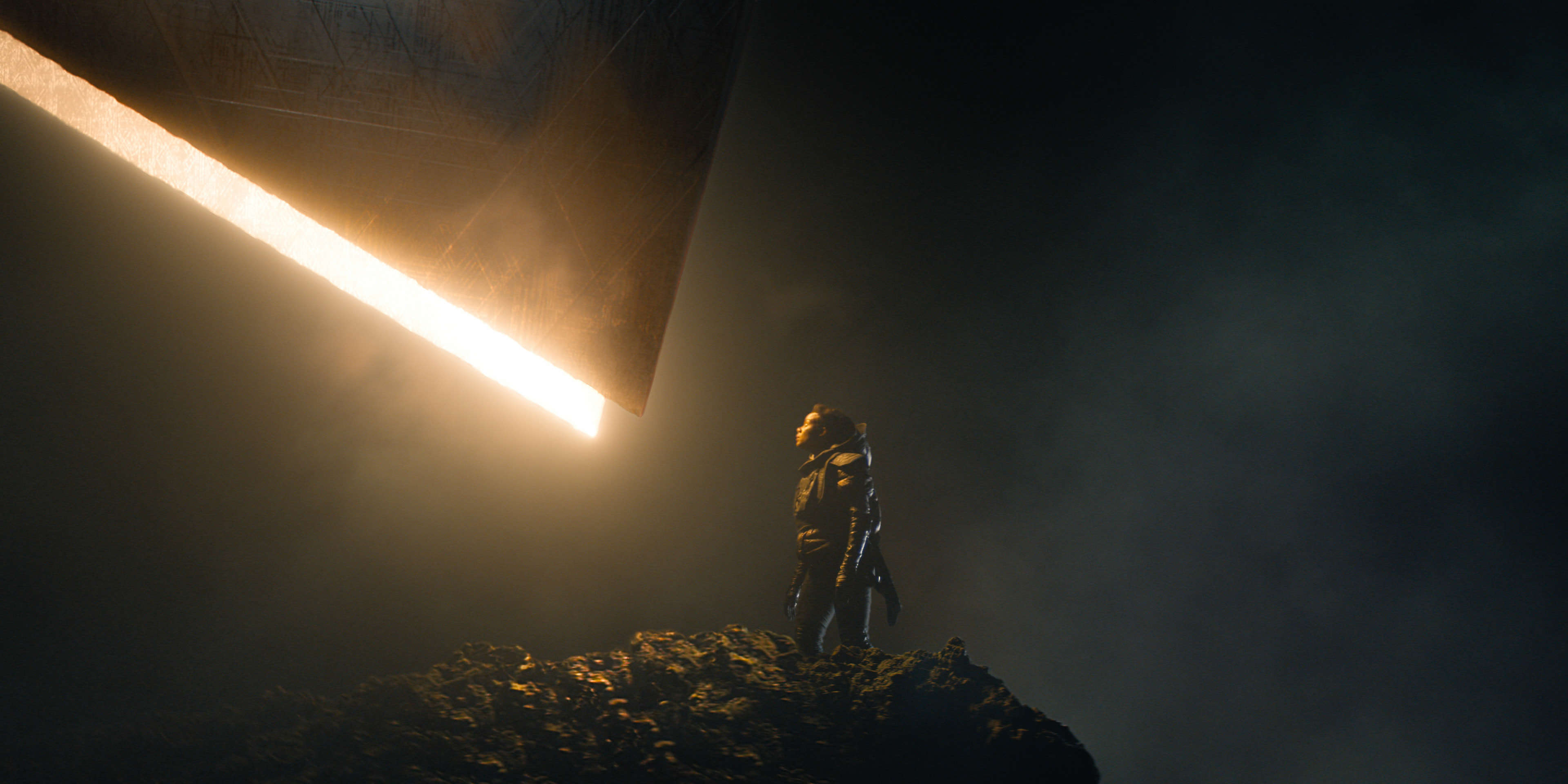
Isaac Asimov won the Hugo award for Best All-Time Series for his Foundation books, which follow a future human civilization through an apparently inevitable upheaval. The story begins amid a vast galactic empire in decline. Hari Seldon, a mathematician, develops the practice of psychohistory, a method of predicting future events using statistics.
Seldon predicts the fall of the galactic empire lasting 30,000 years. By his calculations, there’s no preventing the oncoming storm, but they can shift its trajectory. With a few small changes, humanity can reduce the period of recovery to just 1,000 years. Seldon is confident enough in his predictions that he convinces the authorities to let him create two gatherings of minds. Collections of scientists who will preserve humanity’s collected knowledge and lift future generations out of the looming dark age, known as the Foundations.
These stories have enjoyed enduring popularity among sci-fi readers, enough that they were recently adapted for television by Apple TV+, but the question remains: Can statistics really predict future events?
THE ANTHROPIC AND COPERNICAN PRINCIPLES
Before we jump into whether or not we can estimate the end of human civilization with maths, we need to lay some groundwork. The anthropic and Copernican principles are most often considered in reference to the cosmos. In simple terms, the anthropic principle seeks to explain the universe’s apparent fine-tuning.
One could look at the universe and suppose there is something inherently special about it, because the laws of physics allow for life to arise when there is no obvious reason why they must. Further, our own solar system, and our planet, appear to be special in the way they so perfectly set the board for us to emerge and thrive. The anthropic principle suggests that fine-tuning is a necessary condition of our observation. The universe can only be observed if conditions are such that observers can exist. There’s a sort of built-in selection bias.
By way of a thought experiment, imagine an Olympic judge given the task of measuring minimum javelin throw. We’ve set this judge 75 meters down the line facing away from the competitors. They watch the javelins pass over their heads and mark where they strike the ground in front of them. The judge might incorrectly conclude that the minimum distance thrown is greater than 75 meters. This conclusion matches their observations but doesn’t take into account the javelins which fall behind them. They haven’t met the minimum requirement for observation. There’s no reason to believe that javelins must soar at least 75 meters, and there’s no reason to believe that all universes or solar systems, or anything else, must have any particular quality just because it’s what we observe.
The Copernican principle takes a seemingly opposite position, suggesting the non-special nature of a particularly observed phenomena. Named for Copernicus’ observation that the Earth is not, in fact, the center of the solar system, the Copernican principle suggests that, all things being equal, we can assume observations are average in nature.
These principles taken together paint a picture that all things which can be, will be, but that what we are capable of observing are likely representative of their particular set. These principles can be applied outside of cosmology with the understanding that, barring any evidence to the contrary, anything we observe can be assumed to be an average representative sample of the whole set.
In terms of your position along the human story, that you are alive today is a necessary requirement of your existence. It is the anthropic nature of your life. The Copernican principle suggests, however, that there is nothing inherently special about your having been alive today and can be considered an average human existence from within the set of all possible humans. More on that later.
This is where statistics come in to make predictions.
THE DOOMSDAY ARGUMENT
Also known as the Carter Catastrophe, the Doomsday Argument is a statistical thought experiment that suggests humanity may not be long for this (or any other) world. By some calculations, it suggests the end of the human species may be only 700 or so years away.
That humanity exists to ask questions about our own potential demise is, I hope, not in dispute. What might seem a little more counterintuitive is that we don’t hold any special position within the human story.
Humanity has existed in its modern form for approximately 200,000 years. If we consider the average human lifespan along that entire 200,000-year span to be approximately 50 years, the likelihood that you would be alive today is 0.025 percent. But this is probably the wrong way to think about your probability of being alive right now. Instead, we should think of the problem not in years, but in individuals.
It’s estimated that about 117 billion humans have ever lived. Of those, nearly 8 billion are alive today. If you consider your position along the line of all humans ever born, you’d be somewhere between 109 billion and 117 billion, depending on your age. With that in mind, the likelihood that you would be alive today jumps to nearly 7 percent. Roughly one out of every 15 people who ever lived, are alive right now. The odds are pretty good.
This tells us that, as population increases, the likelihood that any one person will be alive at a later point in the human story increases. Put another way, the likelihood that you would live at a relatively early point in the human story is statistically small.
We can demonstrate this using raffle tickets inside of boxes. Suppose you are presented with two boxes. The first box has ten raffle tickets inside, numbered in order, one to ten. The second box has 10,000 raffle tickets, also numbered sequentially. You are allowed to reach into one box and choose the first ticket you touch. You pull out the ticket and find a 9 on its surface. What should you conclude?
The odds you pulled a 9 from the box with 10,000 tickets is staggeringly small, but not at all surprising if there are only 10. Likewise, the odds that your birth rank would be 112 billion or so, makes perfect sense if there will only ever be 200 billion people. It’s statistically unlikely if there will be trillions.
Seen another way, we can assume that any individual person taken from the whole set of all humans past, present, and future, has a 50 percent probability of living in the last half of the human species. If that is true of us, then that means humanity has a maximum total population of 234 billion.
Even if we assume the human population will crest at 11 billion in 2100, we would need only 11 generations from that point to add another 117 billion people to the total. According to this view, there is a 50 percent probability that humanity has, at most, several hundred years left before we’re toast.
Of course, you can fudge the numbers just about any way you like by playing with the variables. And this statistical view depends on a Copernican perspective wherein all things are equal. It does not take into account our ingenuity and ability to overcome adversity. It also ignores the fact that the same argument could have been made at any point in human history. Had we made the same statistical assumptions 1,000 years ago, the upper limit of human existence would have expired long ago.
That’s the rub with these sorts of statistical mind games. The goal post always shifts. For every day humanity keeps existing, the projected end time ticks forward. Some things are perishable, but as with the pyramids and the Great Wall, things which persist tend to keep on persisting. Don’t give up hope on the galactic empire just yet.
